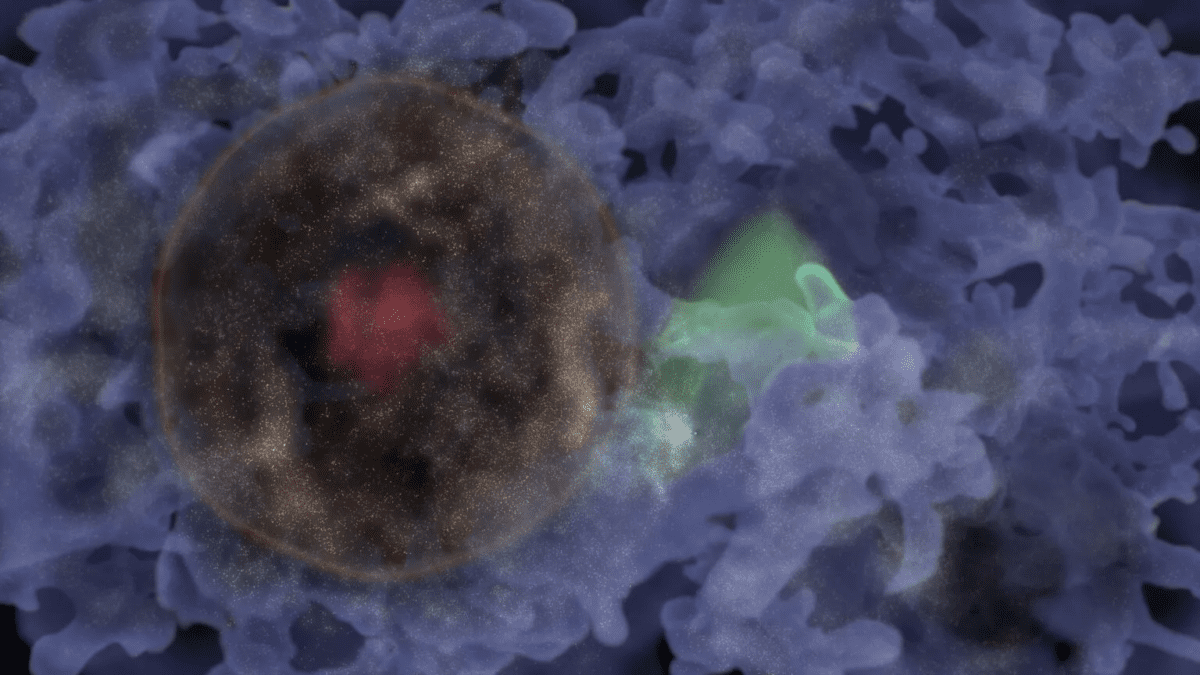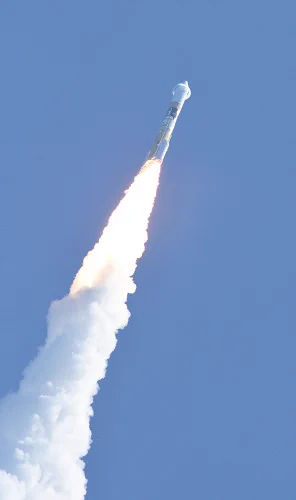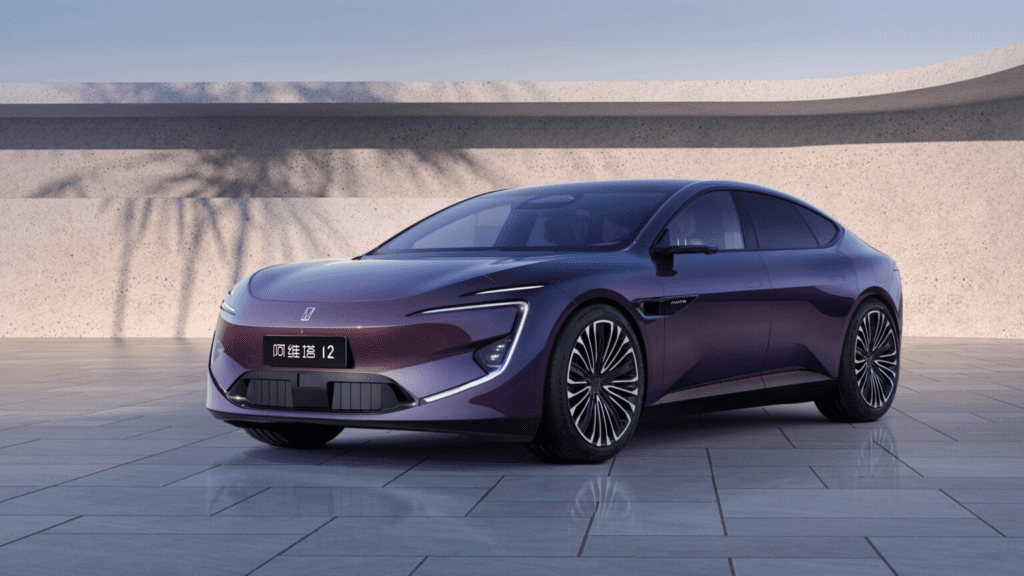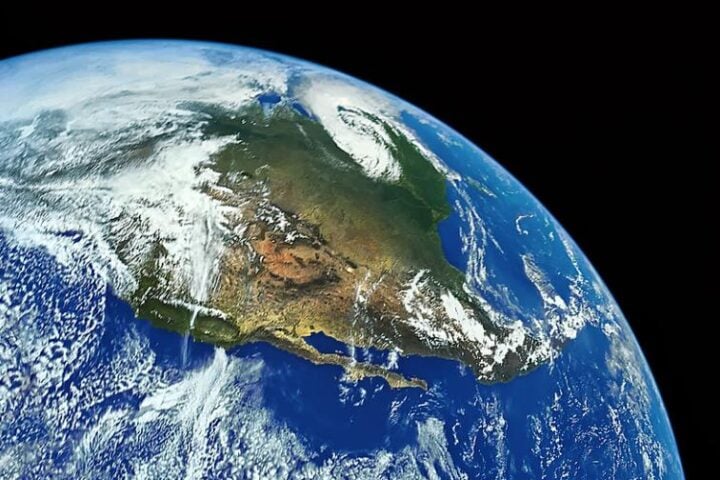An immense bubble located 820 million light years from Earth has been unveiled by a groundbreaking discovery led by the University of Hawaii. Believed to be a relic from the universe’s inception, this cosmic bubble offers a glimpse into the early stages of cosmic evolution. Showcasing the intricate structures of our universe, the cosmic bubble was unexpectedly found within a vast web of galaxies.
This entity, named “Hooleilana” draws inspiration from the “Kumulipo”, a Hawaiian chant that speaks of creation & the genesis of structures. The existence of such massive structures, resulting from three-dimensional ripples in the early universe’s material, had long been predicted by the Big Bang theory. Known as Baryon Acoustic Oscillations (BAO), these ripples are remnants of the universe’s birth.
Brent Tully, the astronomer, remarked, “We were not looking for it. It is so huge that it spills to the edge of the sector of the sky that we were analyzing.” Noting its size & implications for our understanding of the universe’s expansion rate, the significance of the discovery was further explained by Tully. The discovery of the cosmic bubble was facilitated by data from Cosmicflows-4, the most extensive compilation of galaxy distances to date. Marking a significant milestone in astronomical research, this might be the inaugural identification of a structure associated with a BAO.
It was postulated by the Big Bang theory that the universe began as a hot plasma, akin to the Sun’s interior, with electrons separated from atomic nuclei. Regions with slightly elevated density began to collapse due to gravitational forces, during this primordial phase, even as radiation tried to push matter apart. Creating ripples that spread outward, this cosmic tug-of-war caused the plasma to oscillate. Setting a fixed distance of nearly 500 million light years, the largest of these ripples were determined by the speed of sound in the plasma. These ripples solidified into vast three-dimensional structures, as the universe cooled, with galaxies forming at their density peaks.
According to Daniel Pomarede of CEA Paris-Saclay University in France, “I am the cartographer of the group, & mapping Hooleilana in 3 dimensions helps us understand its content & relationship with its surroundings.” Pomarede expressed amazement at visualizing the giant shell structure of Hooleilana, which comprises elements previously identified as some of the universe’s largest structures. The Laniākea Supercluster was identified by the same team in 2014, which, in comparison, is dwarfed by Hoʻoleilana. Home to our Milky Way, the Laniākea Supercluster spans a diameter of about 500 million light years & extends to the edge of the newly discovered cosmic bubble.
Identified as one of several shell-like structures, Hoʻoleilana had been mentioned in a 2016 research paper, interestingly. The full extent of Hoʻoleilana was not revealed in the earlier research, however, & its association with a BAO was not concluded. Pinpointing its center & the enhanced density of galaxies radiating from that point, the Cosmicflows-4 catalog enabled researchers to visualize a complete spherical shell of galaxies. Hoʻoleilana encompasses several renowned structures previously identified by astronomers, including the Harvard/Smithsonian Great Wall & the Sloan Great Wall. At the heart of Hoʻoleilana lies the Boötes Supercluster, while the vast, empty Boötes Void is nestled within.
Simulations have shown that the shell structure identified as Hoʻoleilana has less than a 1% chance of being a mere statistical anomaly. While Hoʻoleilana exhibits the properties of a theoretically anticipated BAO, it stands out more prominently than expected. The size of Hoʻoleilana aligns with observations of the universe’s local expansion rate & galaxy flow on large scales. The standard model of cosmology is subtly challenged by these observations.
Similar Post
The discovery of Hoʻoleilana not only expands our understanding of the universe but also hints at potential discrepancies in our current cosmological models. The intricate dance of galaxies, superclusters, & voids paints a mesmerizing picture of the universe’s vastness & complexity. Intertwining science with cultural heritage, the name “Hoʻoleilana” beautifully encapsulates the essence of this discovery. Discoveries like Hoʻoleilana remind us of the universe’s mysteries waiting to be unraveled, as we gaze into the cosmos.
With its intricate tapestry of galaxies & voids, the universe continues to surprise & amaze astronomers & laypeople alike. The discovery of Hoʻoleilana is a testament to the relentless pursuit of knowledge & the wonders of the cosmos. Each discovery brings with it a plethora of questions & possibilities. The vastness of Hoʻoleilana challenges our understanding & beckons us to explore further. Discoveries like Hoʻoleilana are but a glimpse into the infinite wonders that await, in the grand scheme of the cosmos.
In the discovery & naming of Hoʻoleilana, the intertwining of science, culture, & the quest for knowledge is beautifully exemplified. The universe beckons with its myriad mysteries, as we stand on the precipice of cosmic understanding. The story of Hoʻoleilana is not just about a bubble of galaxies, it’s a tale of curiosity, discovery & the insatiable human spirit. We are reminded of our humble place in the cosmos & the boundless wonders that lie beyond our grasp, with each discovery. With its enigmatic structures like Hoʻoleilana, the universe continues to inspire awe & wonder, pushing the boundaries of our understanding & imagination.
















